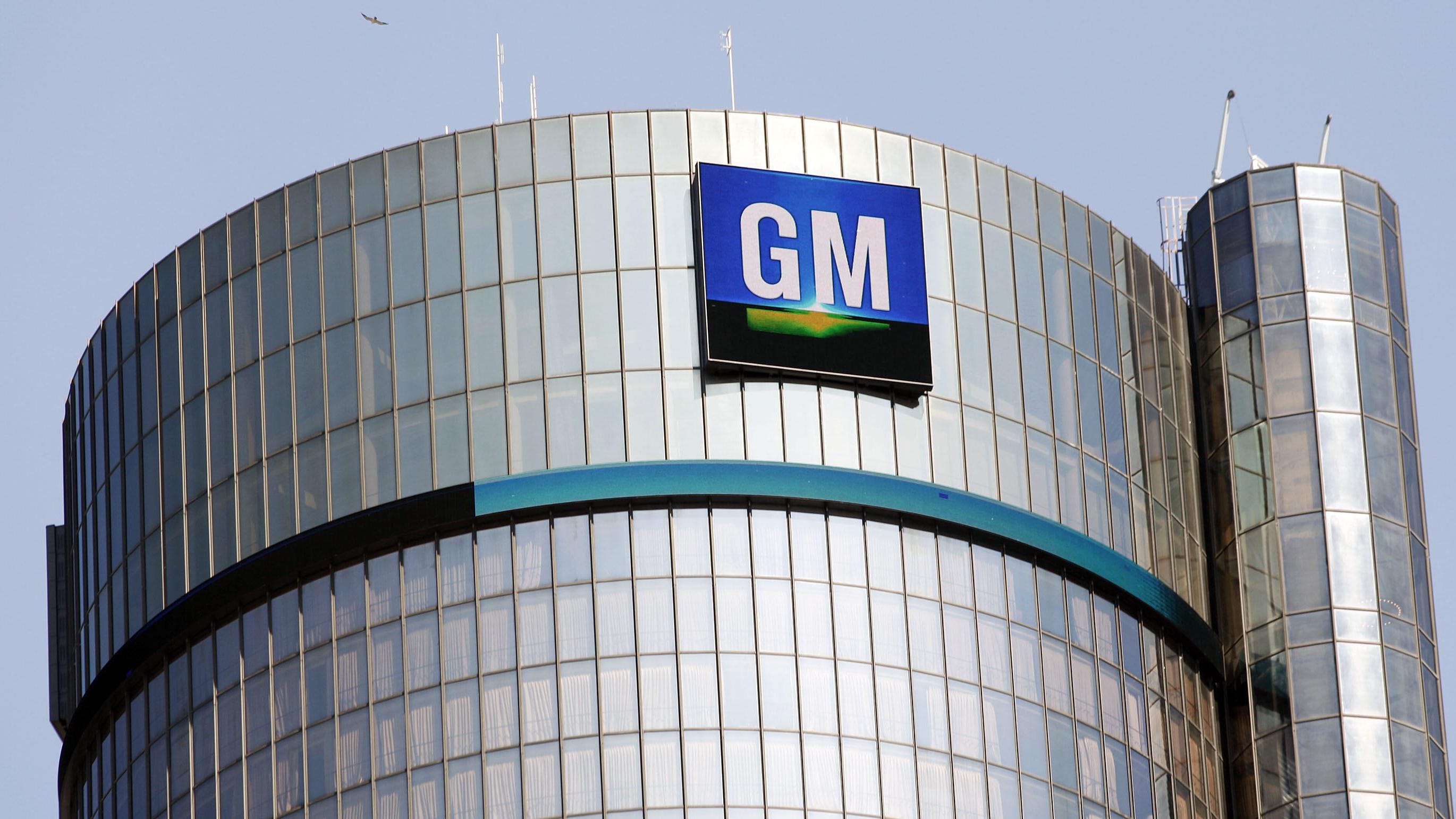GM Q2 profit slips on rising steel, aluminum cost

U.S. President Donald Trump's trade war has at least indirectly hurt profits at the nation's largest automaker.
General Motors Co. reported Wednesday that second-quarter profits dropped 2.8 percent compared to the same period a year ago due primarily to rising domestic steel and aluminum prices as the Trump administration levies tariffs on foreign producers.
While GM buys more than 90 percent of its steel and aluminum from the U.S., domestic producers have raised their prices as foreign metals grow more expensive. The rising costs of materials — even those sourced domestically, which increased when foreign prices went up — was more than GM had anticipated.
Currency devaluation in South America also hurt the bottom line, the automaker reported Wednesday.
The company lowered its earnings outlook for the year as a result.
"We expect this volatility to extend into the second half of the year," said Chuck Stevens, GM chief financial officer. "The new issue is the commodity escalation. The unexpected and accelerating pressure is really on the steel side of the business."
GM reported a $2.4 billion second-quarter profit. It said its full-year diluted adjusted earnings per share would come in at around $6, with an adjusted free cash flow of roughly $4 billion. GM had previously forecast diluted adjusted earnings per share would be in the $6.30-$6.60 per-share range.
The stock price was down nearly 7 percent in early-afternoon trading to $36.76 per share upon news of the outlook adjustment.
"We face significant external challenges, but delivered solid results this quarter," Mary Barra, GM chairman and CEO, said in a statement. "The fundamentals of our business are strong and we remain focused on our plan — delivering great vehicles, developing technologies to transform personal mobility and creating long-term shareholder value."
GM reported $1.66 earnings per share diluted on $36.8 billion in revenue, a 3.8 percent increase and 0.6 percent decrease, respectively, compared to the same period a year ago.
Rising commodity costs hit GM's bottom line in North America. The automaker reported it made $2.7 billion on North American business in the second quarter, down from $3.5 billion a year ago.
The automaker made $143 million from international business in that same period, with record second-quarter income of $592 million in China as part of its international business, and lost $154 million on its GM Cruise segment, which deals with the company's autonomous vehicle and mobility ventures. GM financial made $536 million.
The earnings in China were offset by unfavorable currency devaluations in South America.
The company reported it sold more than 758,000 vehicles in the U.S. in the second quarter of the year, a 4.6 percent increase compared to the same period a year ago. That is part of an equation analysts said is helping GM battle rising costs.
The Detroit automaker rode the wave of sales increases during the second quarter to thin inventory, drive truck sales and protect residual values by leasing fewer vehicles, according to Jeremy Acevedo, manager of industry analysis at Edmunds.
"GM did a lot of things right in the second quarter," he said. "The company was able to successfully move lagging inventory without digging too deep in its pockets on incentives or pushing leases. With the launch of the attractive and on-trend 2019 Silverado on the horizon, GM’s prospects are looking bright for the latter part of the year, even in the midst of the current political uncertainty."
But automakers are operating on borrowed time, Acevedo and David Kudla, CEO of Mainstay Capital Management, said. Sales are plateauing and interest rates are climbing. Automakers will need a solid plan to navigate the immediate future.
"We are now on the backside of peak auto," Kudla said. "However, GM expects to generate continuing strong earnings in declining industry sales. We believe they have the products and strategic plans to do so. Whatever demand in EVs and hybrids ultimately materializes, GM is ready to meet it, and to compete with Tesla and other automakers in this growing market."
GM’s profits had taken a hit in the first quarter due to planned downtime for pickup production and an aggressive restructuring effort in South Korea.
The Detroit automaker took a $942 million pre-tax charge in the first quarter related to asset impairments and termination of benefits in South Korea, but GM executive vice president and CFO Chuck Stevens said a recently ratified labor agreement in South Korea will generate between $400 million and $500 million in annual cost-savings when coupled with the planned closure of its Gunsan plant.
GM reported net income of $1.05 billion in the first quarter, down 59.8 percent from last year, and $2.6 billion in operating profits in the first quarter of 2018, down 26.6 percent from the same quarter in 2017. Pre-tax margins were off 2.3 percentage points at 7.2 percent in the first quarter.
Despite margins that fell off the 2017 pace in the first quarter, GM is expecting its still-fresh crossover lineup to keep margins high early in 2018 while it awaits the launch of its two bellwether pickups later in the year.
Ford Motor Co. and Fiat Chrysler Automobiles NV also report second-quarter earnings results on Wednesday.
ithibodeau@detroitnews.com
Twitter: @Ian_Thibodeau